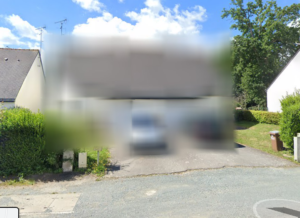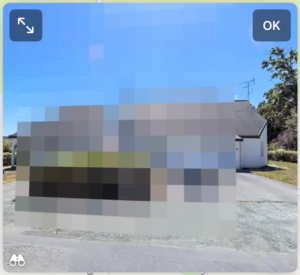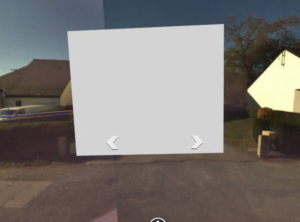Chrome prefetch
So, Google came up with something new.
Or actually, it’s not really new, because this URL dates back to May 2022. But I was just cleaning up my web server logs, and I ran into something I didn’t know.
What it comes down to is that, instead of optimizing Google Chrome, Google has decided to lay the responsibility for the (lack of) speed of their browser with website developers worldwide. If you want to help them pretend that Chrome is a browser that can keep up with other browsers, you are expected to host a specially crafted file, which will allow Chrome to prefetch all linked URLs in your website, even if your visitor does not click on those links.
Obviously, this is not a good idea: this will increase internet traffic exponentially, without any real benefits, which in turn makes using the internet more expensive for all of us (more traffic = higher cost for our providers = higher cost for us). But of course Google doesn’t care too much about our cost…
So, here is something you can do if you, like me, don’t feel like paying for Google’s expansionism.
The file that Chrome expects to find is called /.well-known/traffic-advice. By blocking access to this URL, you will help Google Chrome management realize that they are the ones responsible for optimizing the Google Chrome code, and that you (and the users of your website, and users of the internet in general) are not ready to pay for the investments that they are not willing to make.
If you’re a webhosting provider, and your webserver is Apache, add these lines to your Apache configuration:
<Location "/.well-known/traffic-advice">
Redirect 404
Header always set X-AttnGoogle "Let's optimize Chrome code, instead of increase overall internet traffic."
</Location>
Obviously, you should feel free to modify the contents of the X-AttnGoogle header, or even to delete it altogether.
If you are not a wehosting provider, but you do have a website, you can add these lines to your .htaccess file:
Redirect 404 "/.well-known/traffic-advice"
Header always set X-AttnGoogle "Let's optimize Chrome code, instead of increase overall internet traffic." "expr=%{REQUEST_URI} =~ m#^/.well-known/traffic-advice#"
And here as well: do with the X-AttnGoogle header what you want. Clearly, I cannot guarantee that the contents of this header will ever reach Google headquarters, and I’m pretty sure that even if it does, they won’t care. But, at least to me, it feels good to send a message.
If you, or your webhosting provider, are running any other webserver than Apache, I am very open to receiving alternative configurations for your webserver. Feel free to contact me at traffic-advice@ohreally.nl; let me know if you prefer that your contribution is added anonymously.
O, and you could stop using the Google Chrome browser, which would not only benefit the internet as a whole, but also you personally.
The following browsers are all superior, not only because they don’t prefetch websites you were not going to visit anyway (which benefits the internet), but also in terms of speed and memory management (which benefits your PC), and in terms of privacy control and spam blocking (which benefits you as a person). So follow these links to download and install them:
- Mozilla Firefox (available for Windows, macOS, Linux/BSD, Android, iOS)
- Microsoft Edge (available for Windows, macOS, Linux, Android, iOS)
- Opera (available for Windows, macOS, Linux, Android, iOS)
And just so we’re clear: I am not affiliated with any of the companies or products mentioned in this article. I just think that the internet should be available to everyone, at a reasonable price and under reasonable conditions.



